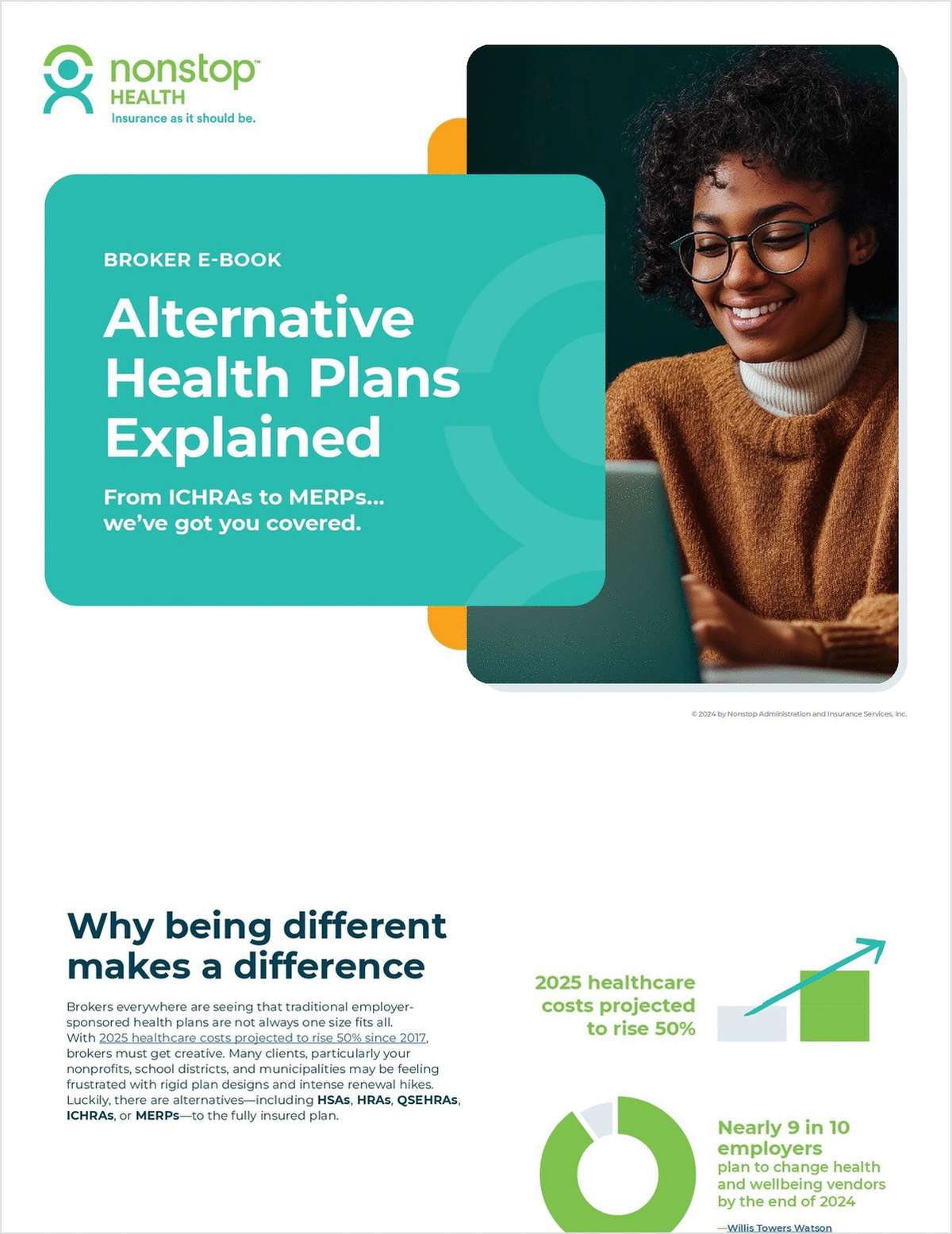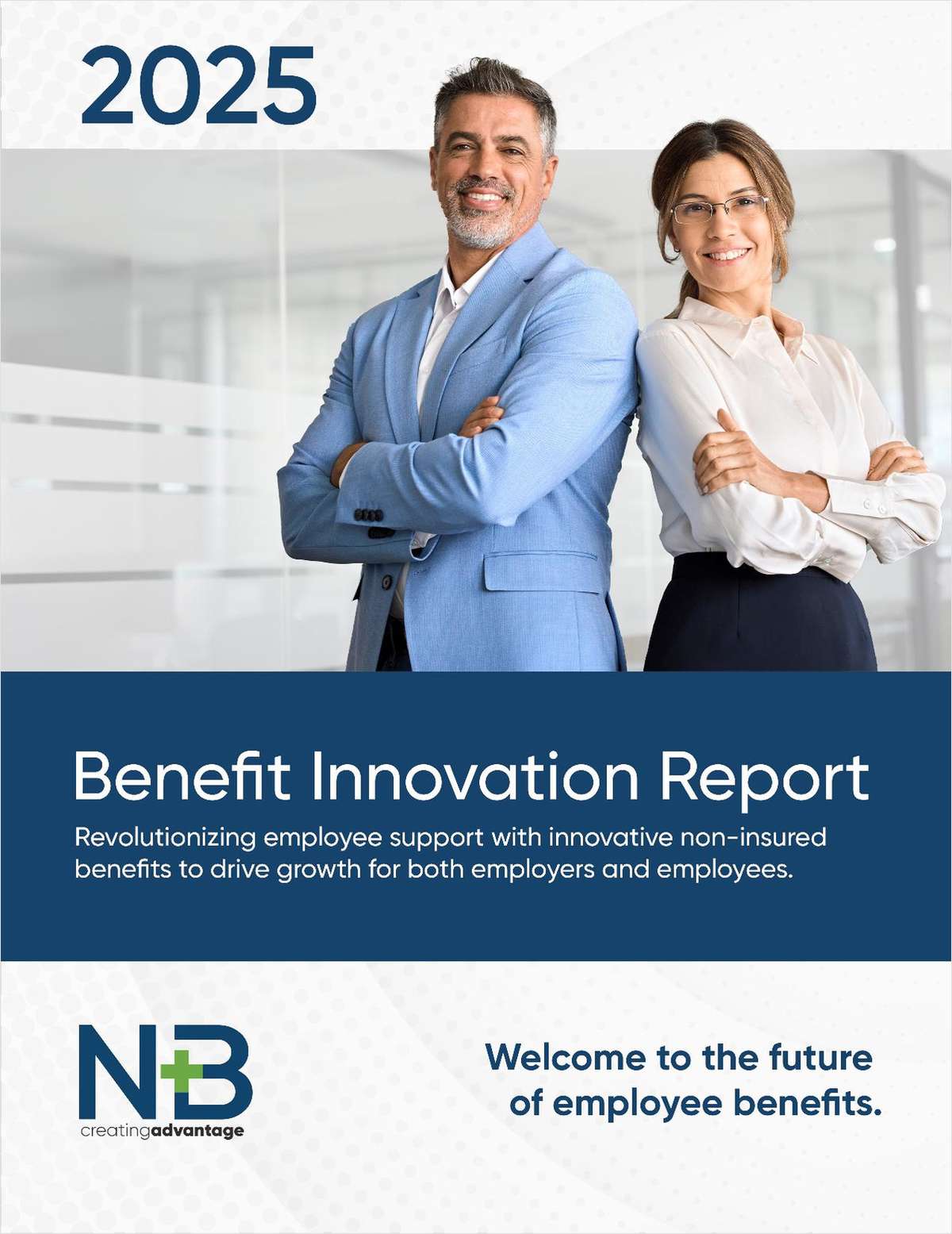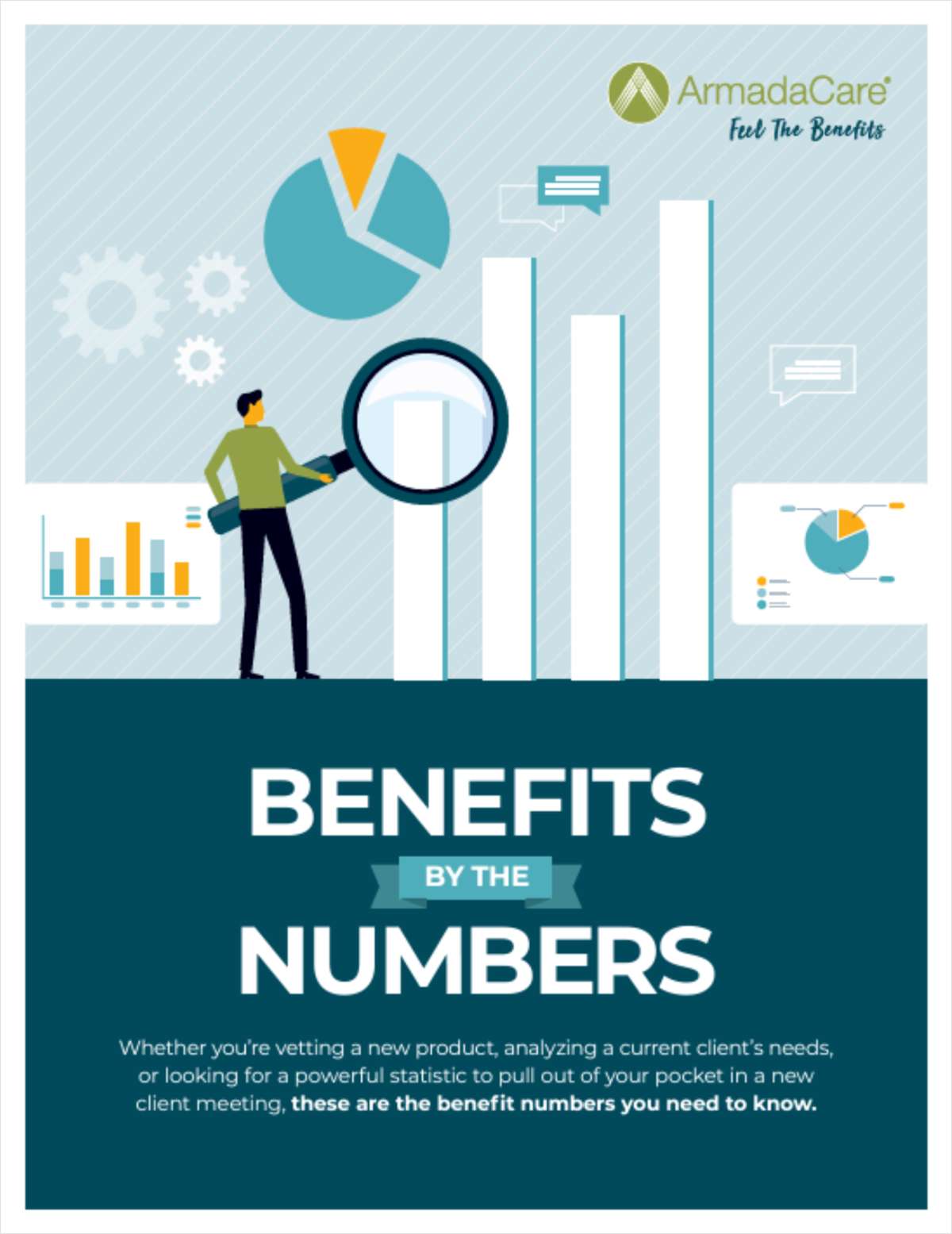It's that time of year when all good-hearted Americans break out their legal pads, pencils and reading glasses. Yes, it's time for fantasy football. Once a small off-shoot of it progenitor fantasy baseball, it has become the favorite fall pastime, surpassing even its real-world counterpart. Indeed, given the recent creativity among game and league promoters, Fantasy Football is threatening to even overtake that long-time office pool favorite, the Superbowl square.
See also: The real issue with 401(k) fees
As you scan those perennial football fantasy magazines, all chock-full of every vital statistic this side of Canton, Ohio, consider the following: It just doesn't matter.
Complete your profile to continue reading and get FREE access to BenefitsPRO, part of your ALM digital membership.
Your access to unlimited BenefitsPRO content isn’t changing.
Once you are an ALM digital member, you’ll receive:
- Breaking benefits news and analysis, on-site and via our newsletters and custom alerts
- Educational webcasts, white papers, and ebooks from industry thought leaders
- Critical converage of the property casualty insurance and financial advisory markets on our other ALM sites, PropertyCasualty360 and ThinkAdvisor
Already have an account? Sign In Now
© 2024 ALM Global, LLC, All Rights Reserved. Request academic re-use from www.copyright.com. All other uses, submit a request to [email protected]. For more information visit Asset & Logo Licensing.








